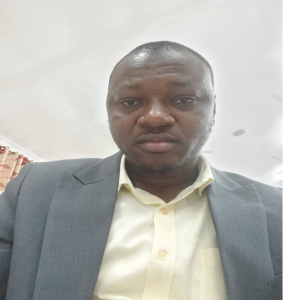Overview
The Afadzato South District was carved out of the Hohoe Municipality in 2012. The district capital is Ve-Golokwati about 58 kilometres away from Ho the regional capital. The district share borders with the Republic of Togo in the East while in the South-East and South is Ho West. Part of the South-West also shares common boundary with South Dayi District. On the northern section is Hohoe municipality and the Northwest is Kpando District.
population and sub-districts
The district has total estimated population of 75,591 in 2024 with a growth rate of 2.1. The directorate is serving all the 97 communities in the district where 12 communities are in hard to access areas. The district is divided into 6 sub-districts
health and education
Subsequently with the implementation of Networks of Practice (NoP), it was reorganised into 5 networks. There are 28 health facilities that provide healthcare to the people and most of them are owned by Government and rest by CHAG and Private healthcare providers. There are a total of 97 schools in the district and 6 are senior high schools.
resource and transportation
The district has part of the Akwapim Togo Ranges in its eastern boundary. Within these ranges is Afadzato Mountain, the highest elevation in Ghana (880m). The River Dayi which takes its source from the Togo Ranges drains part of the district before entering the Volta Lake in the Kpando District. Other important rivers which drain into the River Dayi are Koloe, Agumatsa, Tsatsadu and Aflabo. Aflabo and Tsatsadu rivers have water falls on them. A number of communities are located on the hill tops and can hardly be reached by motor vehicles and those include Logba Tota, Nyagbo Sroe, Nyagbo Konda, Nyagbo Fiafe, Logba Dufi, Logba Akpadahor, Liklebi Wobe and Asortodzi. Another important feature is the Volta Lake at the southern end of the district in Kpeve and Have areas.
ethnicity
The district has four (4) major ethnic groups with eleven (11) traditional areas. The ethnic groups are Ewe, Logba, Tafi and Nyagbo and the traditional areas are Ve, Liati, Leklebi, Logba, Tafi, Nyagbo, Have, Agate, Goviefe, Kpeve and Woadze.
A total of 60 percent of the population lives in rural areas and the rest are in semi-urban. The predominant economic activity of the people is farming and some are into trading and others.
The vegetation is semi-deciduous forest and savannah.



